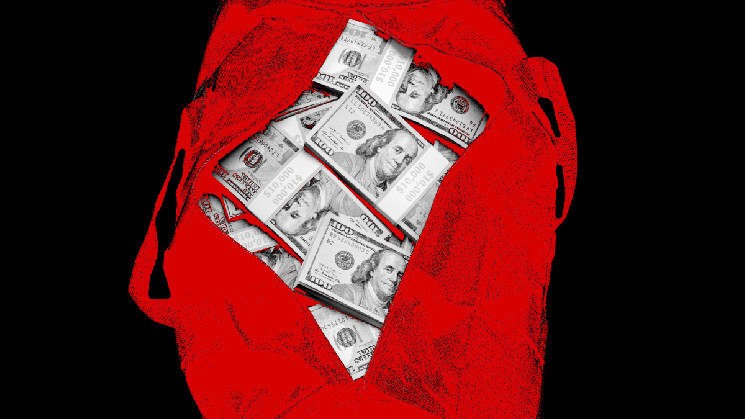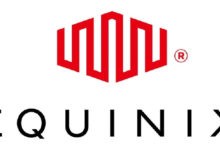Weird crypto quirk sees user turn $1.45 into $2 million

Amid the madness of the last 24 hours, with the USDC stablecoin depegging and fears over how much this will impact the wider crypto market, there was a peculiar trade that stood out.
In it, one crypto user swapped $2 million for just $0.05. Another then took advantage of the resulting situation and swapped $1.45 for $2 million. The two users did not directly trade against each other but into a highly illiquid pool of funds.
What happened was the first user tried to make a swap of $2 million of 3CRV tokens — a token that represents three stablecoins — into USDT, as noted by Twitter user BowTiedPickle. They used a service called KyberSwap, which aggregates different token swap applications.
This user failed to implement proper slippage protections. This is what stops a trade that’s too far below what the user is willing to accept from being executed. It’s the same issue that caused a trader earlier this month to lose all of their funds in a trade.
The swap was sent to a highly illiquid pool that hadn’t been used in 251 days, BowTiedPickle highlighted. The pool only contained about $2 of liquidity — nowhere near enough to swap $2 million of tokens.
Since this is a Curve pool, the trades are calculated automatically based on pre-defined rules. In this case, the user was awarded $0.05 of USDC, which was then swapped into USDT, and the highly unprofitable trade was complete.
An MEV bot strikes fast
After the trade had taken place, the Curve pool was unbalanced with far too many 3CRV tokens and not enough USDC.
This created an opportunity for whoever was able to strike first. In this case, a second user quickly intervened, swapping just $1.45 of USDC for the $2 million of 3CRV tokens — bringing the pool back so that it was balanced. All of this is because Curve pools are focused on the ratios between tokens, instead of simply their market value.
The user spent $45 in transaction fees but paid 23 ether ($33,000) in tips to validators that processed the transactions — encouraging them to prioritize the transaction over others.






 Bitcoin
Bitcoin  Ethereum
Ethereum  Tether
Tether  USDC
USDC  TRON
TRON  Dogecoin
Dogecoin  Cardano
Cardano  Bitcoin Cash
Bitcoin Cash  Chainlink
Chainlink  LEO Token
LEO Token  Stellar
Stellar  Litecoin
Litecoin  Hedera
Hedera  Monero
Monero  Dai
Dai  OKB
OKB  Cronos
Cronos  Ethereum Classic
Ethereum Classic  Gate
Gate  Cosmos Hub
Cosmos Hub  VeChain
VeChain  Algorand
Algorand  KuCoin
KuCoin  Stacks
Stacks  Tether Gold
Tether Gold  Theta Network
Theta Network  Zcash
Zcash  IOTA
IOTA  Tezos
Tezos  TrueUSD
TrueUSD  NEO
NEO  Polygon
Polygon  Decred
Decred  Dash
Dash  Ravencoin
Ravencoin  Zilliqa
Zilliqa  Qtum
Qtum  Synthetix Network
Synthetix Network  0x Protocol
0x Protocol  Basic Attention
Basic Attention  Siacoin
Siacoin  Holo
Holo  DigiByte
DigiByte  Nano
Nano  Enjin Coin
Enjin Coin  Status
Status  Ontology
Ontology  Waves
Waves  Hive
Hive  Lisk
Lisk  Pax Dollar
Pax Dollar  Steem
Steem  Numeraire
Numeraire  BUSD
BUSD  NEM
NEM  Huobi
Huobi  OMG Network
OMG Network  Bitcoin Gold
Bitcoin Gold  Ren
Ren  Augur
Augur